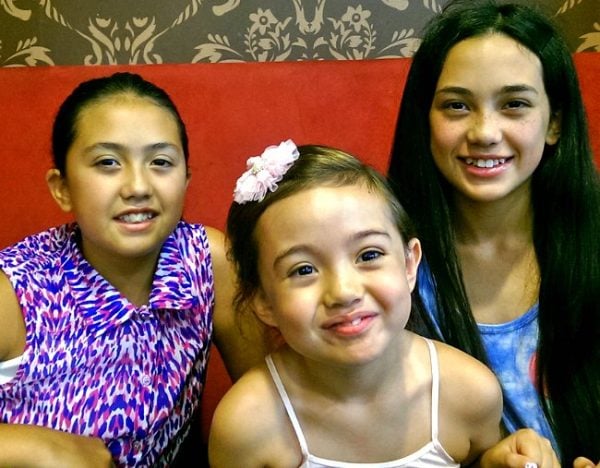In January 2015, a week shy of the school year commencing, my whole world changed. Two of my three daughters, Francis, 12, and Lillian, 5, were both feeling extremely unwell. I took both girls to the doctor countless times until finally they checked their urine and did a finger prick test. Following these tests, Francis and Lillian were hospitalised for three days at the Children’s Hospital at Westmead where they were both diagnosed with Type 1 diabetes. By the time they reached hospital, Lillian was in a critical state.
Later that year in September, my 10-year-old daughter Clarissa woke up vomiting. This time I instinctively did a finger prick test. The test confirmed my fears: Clarissa’s blood sugar levels were extremely high. Like Francis and Lillian, Clarissa too was a healthy, active, ‘normal’ girl.
I immediately contacted our diabetes educator at Diabetes NSW & ACT who was assigned to us when we first learnt of Francis’ and Lillian’s diagnosis. Within hours, we were in hospital where the diagnosis was confirmed: the genetic disease had struck our family a third time.




Top Comments
I was diagnosed with Type 1 Diabetes at age 9 in 1981. My wonderful Mum was my rock. These three beautiful girls are so lucky to have Maria to guide them as they learn to take control of managing their condition. I've never let T1D stop me from doing anything. In fact, it's probably pushed me to do and achieve more. There's a place for you all in my heart.